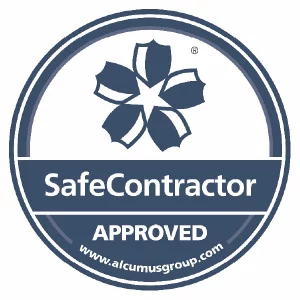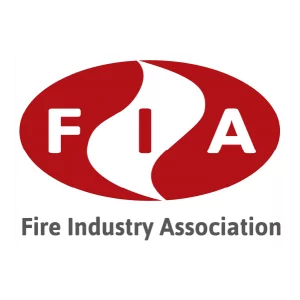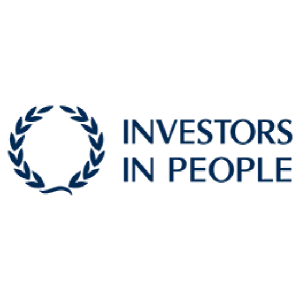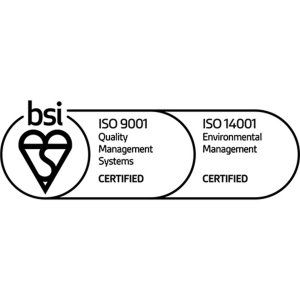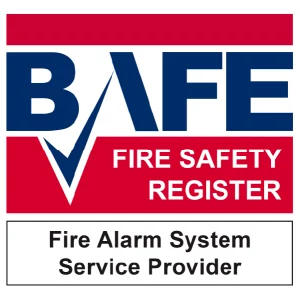What does it mean for you?
Under the Regulatory Reform (Fire Safety) Order 2005, employers, or ‘responsible’ persons have a legal requirement to conduct a fire risk assessment if they have five or more employees. These assessments are done to identify the risks in your premises, and to take the necessary precautions to reduce or remove them. Here’s what you need to know about undertaking a fire risk assessment.
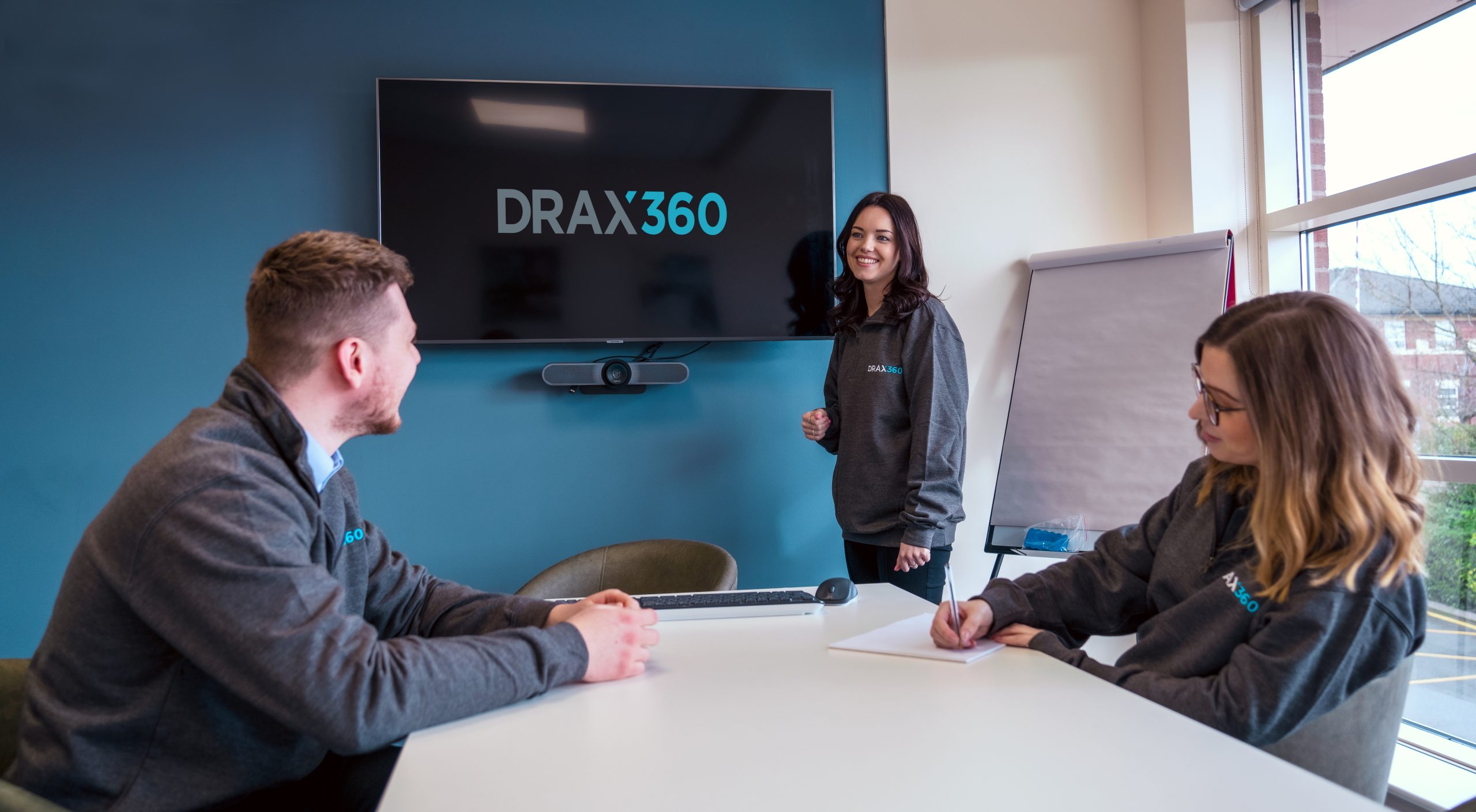

Who is responsible?
For businesses with five or more employees, it is a legal requirement not only to carry out a fire risk assessment, but to document it in writing. Fire risk assessments must be conducted by a ‘responsible’ person with adequate knowledge and training, and businesses can either choose to do them in house, or by a third party fire risk assessor. If you have doubts surrounding your ability to conduct fire risk assessments in house, then it is highly recommended that you seek assistance from a qualified fire risk assessor.
You can find a list of independent fire risk assessors here.
Conducting a fire risk assessment
When it comes to conducting your fire risk assessment, there are five key steps you need to follow.
Identify the fire hazards
A fire hazard is any form of ignition that could result in a fire. You must identify each fire hazard in your premises, including sources of fuel and oxygen.
Evaluate, remove or reduce the risks
Where you have identified the risks on your premises, steps must be taken to reduce, and if possible remove these risks. You should take the necessary precautions to deal with the remaining risk of fire - such as using protection measures if there are flammable or explosive materials used and stored on the premises.
Identify people at risk
You must consider and identify anyone who could be on your premises at any time (employees, visitors and members of the public) and may be especially at risk.
Record your findings, prepare an emergency plan and provide training
Based on the outcome of your fire risk assessment, you must record any major findings and action that has been taken. Then, you need to prepare an emergency plan, and instruct the relevant personnel, as well as provide training to all employees.
Regularly review the fire risk assessment and emergency plan
You must regularly review the risk assessment and emergency plan to ensure that they are up to date. This includes noting any building changes, or where people may become more at risk.
What next?
Once you’ve completed your fire risk assessment, you’ll need to put solutions in place to remove and reduce the risk of fire. One of these solutions is likely to be a comprehensive fire alarm system.
That’s where Drax 360 can help. Specialising in multi-site organisations, we can help you select a suitable fire alarm system based on the requirements outlined in your fire risk assessment, and develop a solution using our state of the art, tech-driven fire alarm systems.

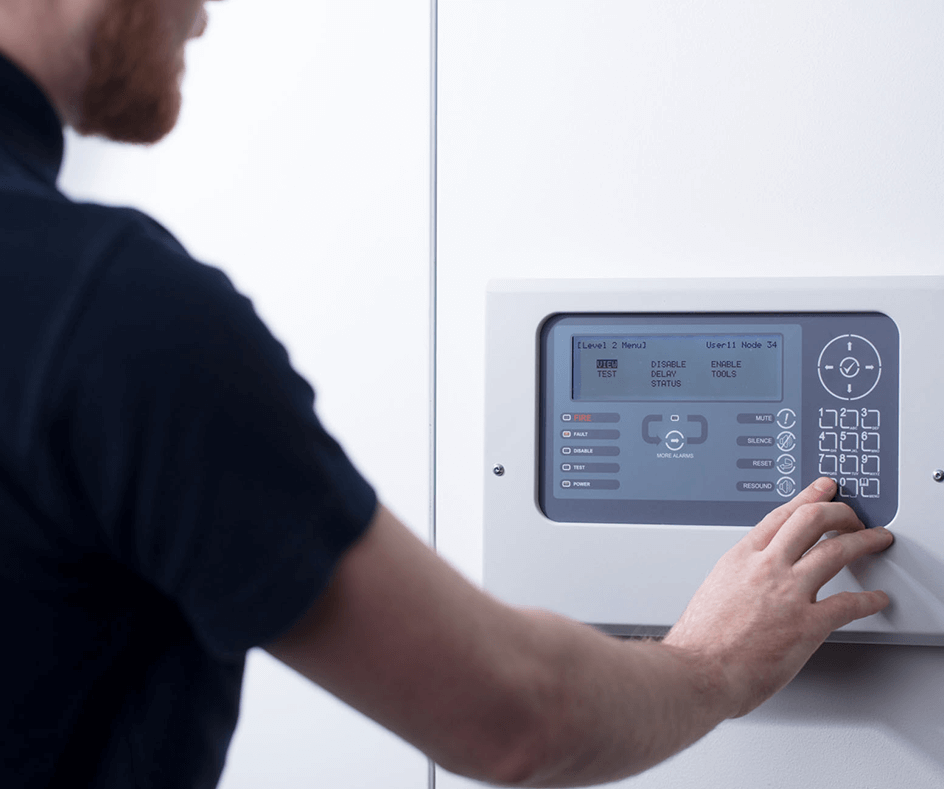
Knowing what level of fire safety your buildings need to be compliant with is tricky. That’s why we work with you to develop a fire alarm system tailored to your requirements and recommendations as detailed in your fire risk assessment.
Once your system is designed, we develop your individual solution using market-leading products. Our specialist fire alarm services engineers then install your new equipment carefully – with little disruption to your day to day activities. Your dedicated fire alarm services account manager is also on hand to answer any queries, and keep the installation running smoothly.
Now you’ve invested in fire protection and prevention, it’s your legal responsibility to ensure your fire alarms are regularly serviced by specialists. At Drax 360, our fire alarm services make this task easier. Our specialist engineers aim to replace parts and fix faults on their first visit. Your systems are serviced and certified, with all details stored centrally to access at any time – giving you peace of mind that your buildings are compliant, always.
Regular fire alarm testing is an integral part of fire safety and compliance, and you need complete assurance that when needed, your systems will work. With Drax 360’s state of the art technology, testing is no longer a hassle. Check the status of critical equipment in real-time, and view concise reports in one central location. As part of our fire alarm services, we can also advise on BS5839 recommended weekly testing – so you can be sure your systems are always up to speed.
Professional evaluation is needed throughout the lifecycle of your equipment to determine age, condition, and suitability. Using diagnostic software, we generate detailed reports that will inform decisions regarding end of life replacement or enhancement. We help you decide where your budget is best spent, to keep your systems both cost-effective and compliant.




